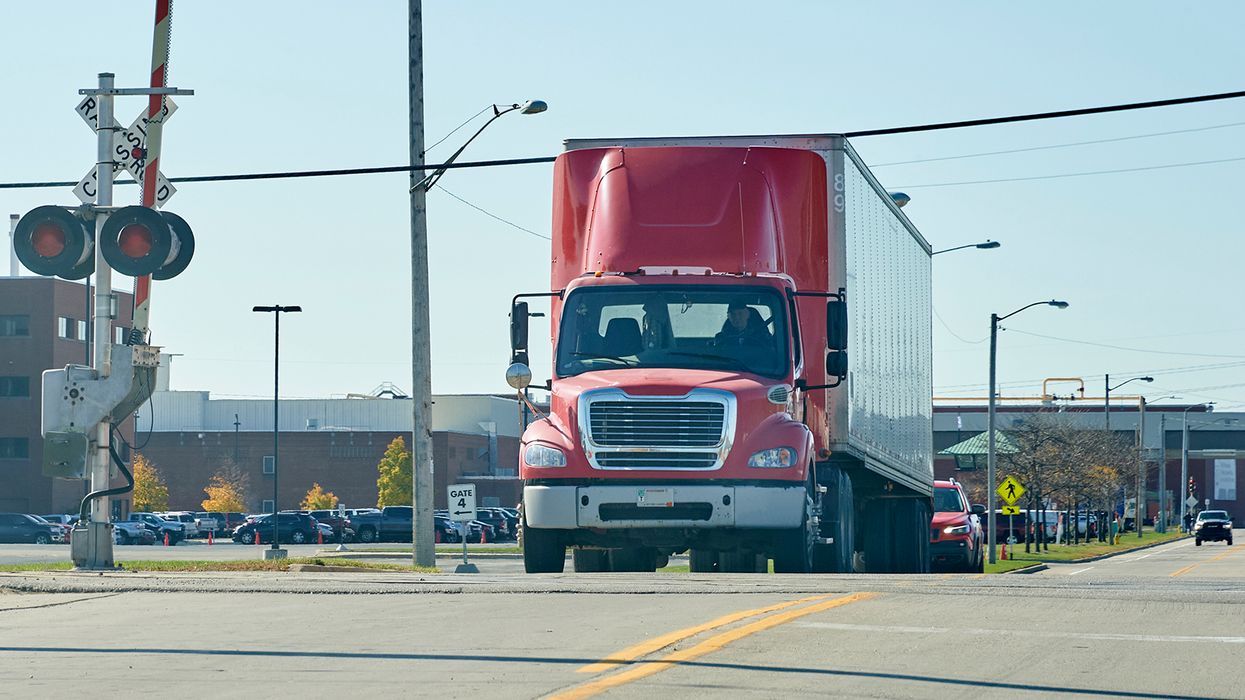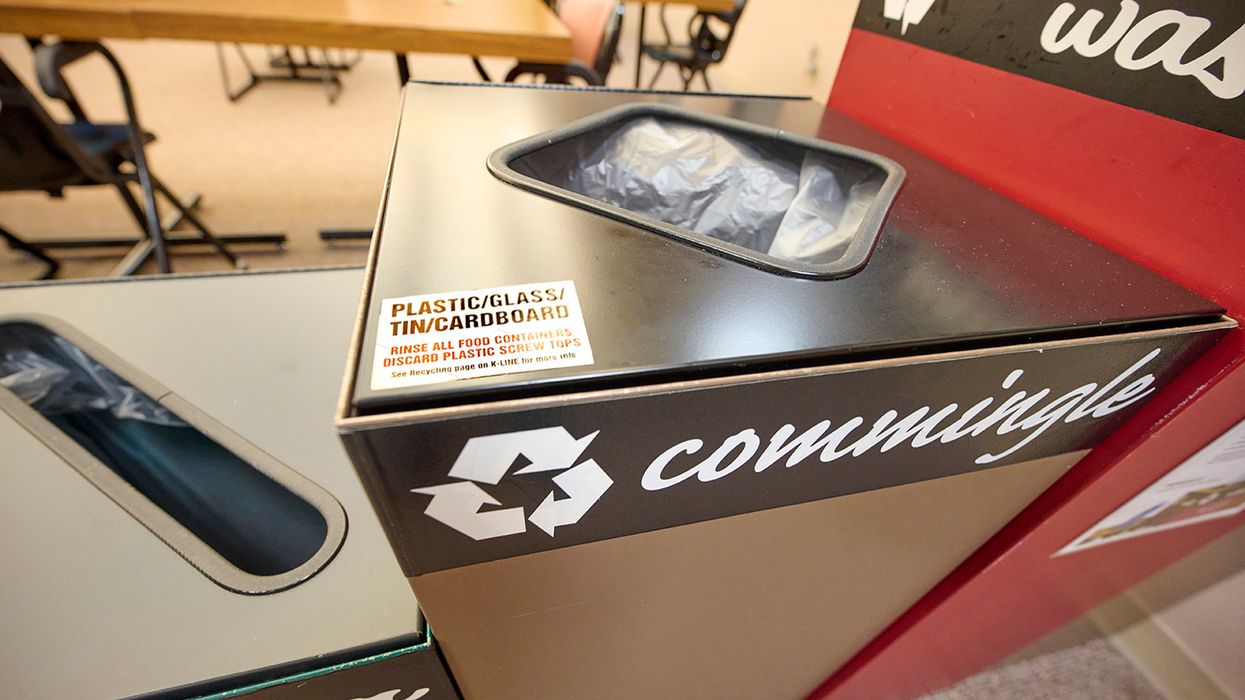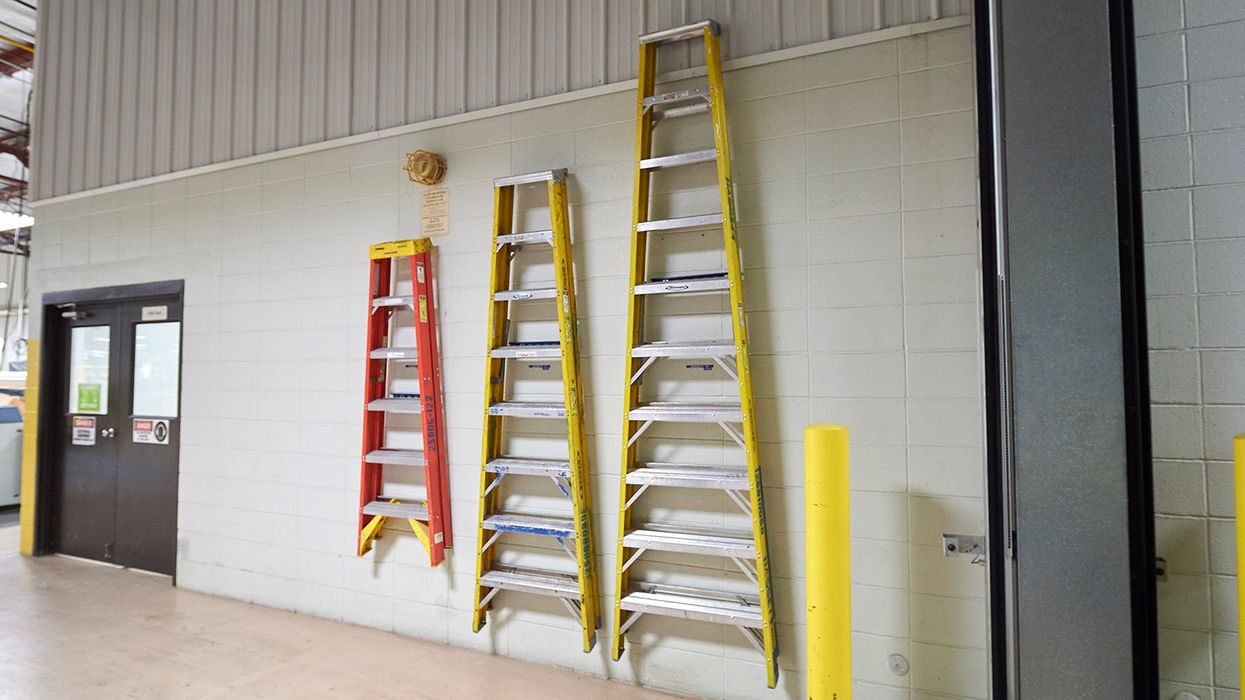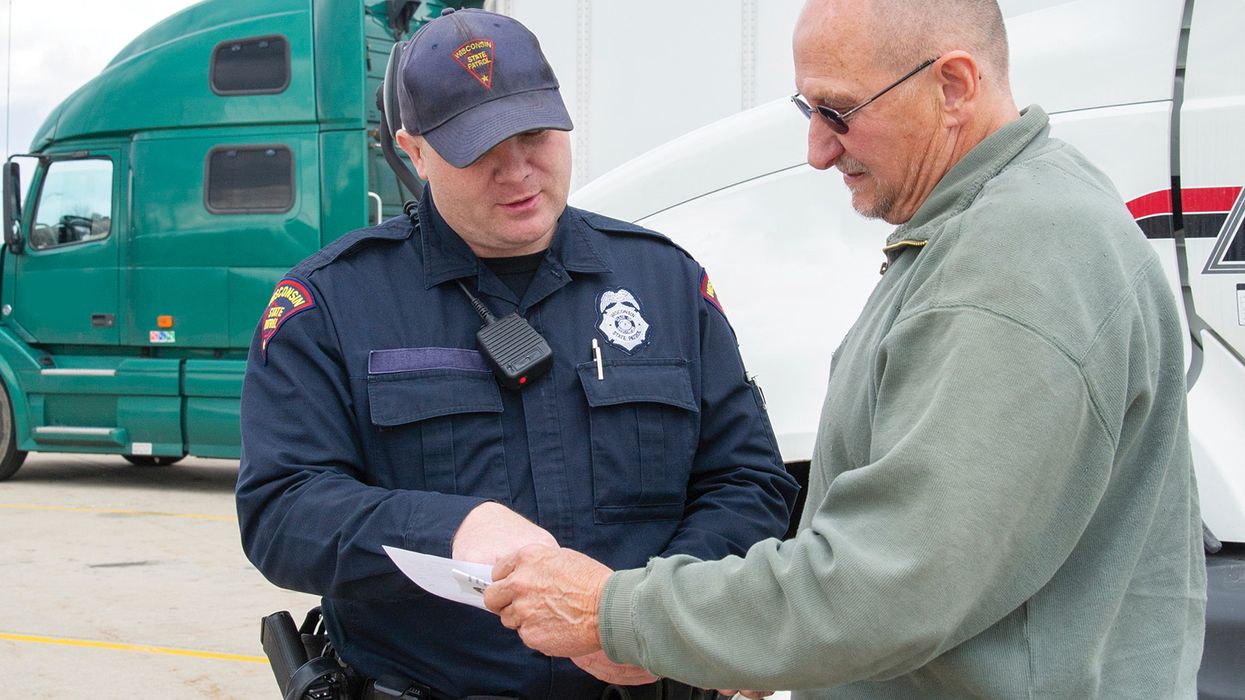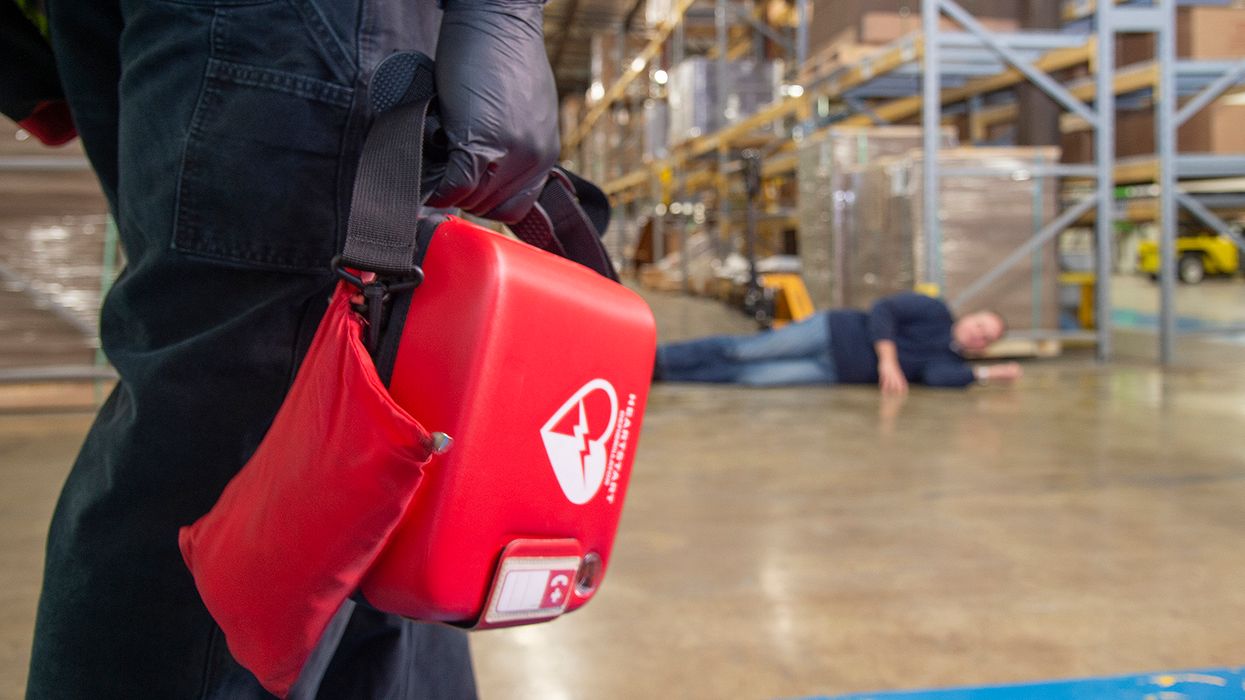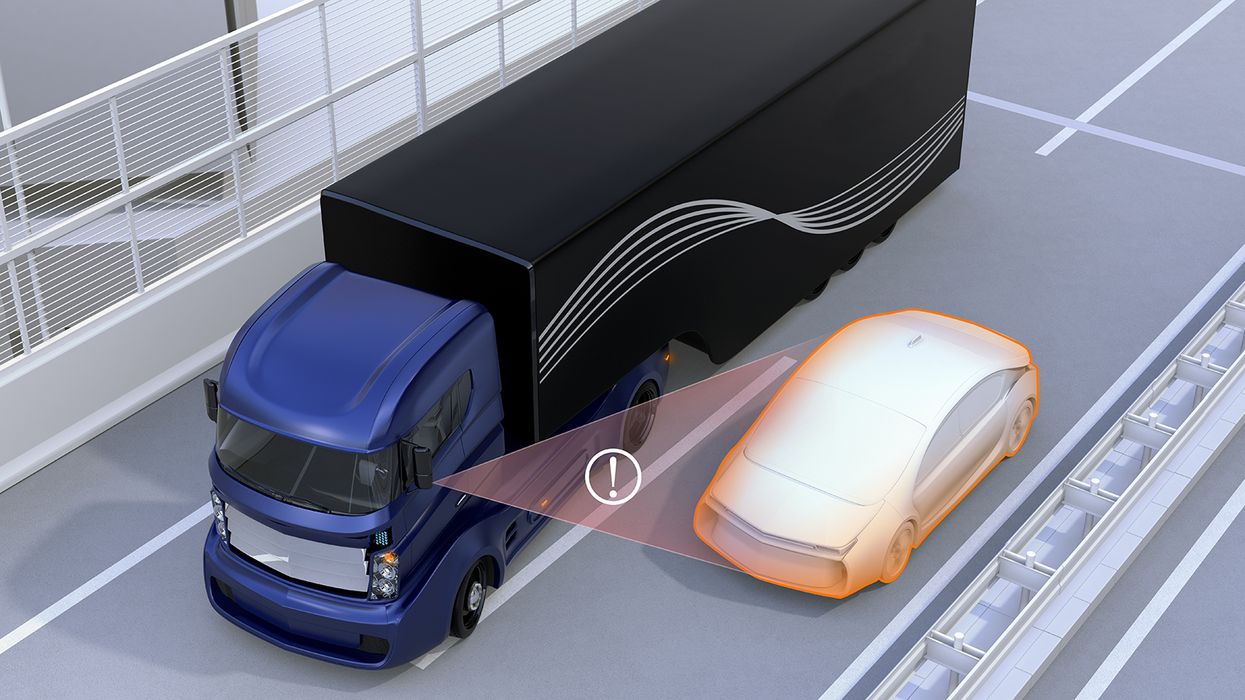Don’t be afraid to cross the street, but don’t play in traffic
One fundamental concept of risk management is that not all risks can be eliminated. In some cases, the only way to completely remove the risk is to stop doing the activity all together. To strike a balance, work to reduce the risk.
Don’t cross the street if you don’t want to get hit by a car
An example is walking to the store. To walk to the store, you will have to cross several streets. Each time you cross the street, you are at risk of being struck by a vehicle. How can you eliminate this risk? Since crossing the street is unavoidable if you want to go to the store, the only way to eliminate the risk is to not walk to the store (or anywhere else that would require you to cross a street for that matter).
As this is simply not possible (even walking to your mailbox may require crossing the street), the key will be to use crosswalks, look both ways before entering the street, and get through the traffic area as quickly as possible. In other words, take steps to reduce the risk.
Loss of fear
One phenomenon to be aware of is the loss of fear when it comes to a risk. I cross streets all the time, so it doesn’t bother me anymore. As a matter of fact, I play in traffic without even worrying about it. Combine this attitude with “I’m in a hurry to get across the street today,” and you have a recipe for disaster.
Don’t play in traffic
So how does this tie into motor carriers? You are the person taking the risk by walking to the store and crossing the street (operating vehicles in a risky environment). Since not operating the vehicles is not an option, you take steps to minimize the risk. Hiring good drivers, training them, insisting they practice defensive driving, requiring them to operate in compliance with the safety regulations (including the hours of service), and operating your back office in compliance with the safety regulations is the equivalent of staying in the crosswalk and looking both ways before crossing.
Using statements like “screening and training new hires is too time consuming and costly,” “Our drivers can’t follow the hours-of-service limits and can’t operate under the speed limits due to our customer demands,” or “On-going training is too costly,” are the equivalent of playing in traffic (they show you are not concerned with the risks).
Key to remember: When faced with a risk that cannot be avoided, do not throw your hands up and say, “it is what it is, we just have to live with it.” Figure out what you can do to minimize the risk. In our industry, this usually means making sure you and your drivers are operating safely and compliantly.

